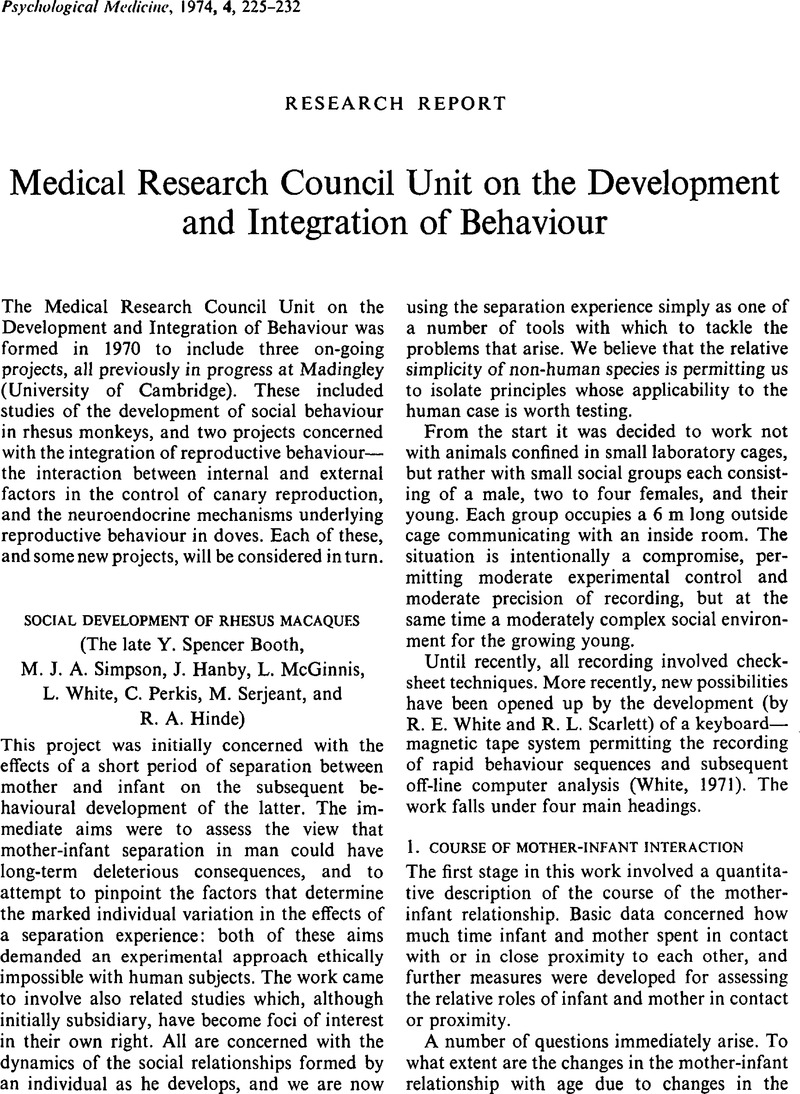Crossref Citations
This article has been cited by the following publications. This list is generated based on data provided by Crossref.
Reininghaus, Bernd
Schmidt, Eva
and
Hofmann, Peter
2006.
Dualdiagnose Schizophrenie und Sucht.
Psychiatrie und Psychotherapie,
Vol. 2,
Issue. 2,
p.
61.



